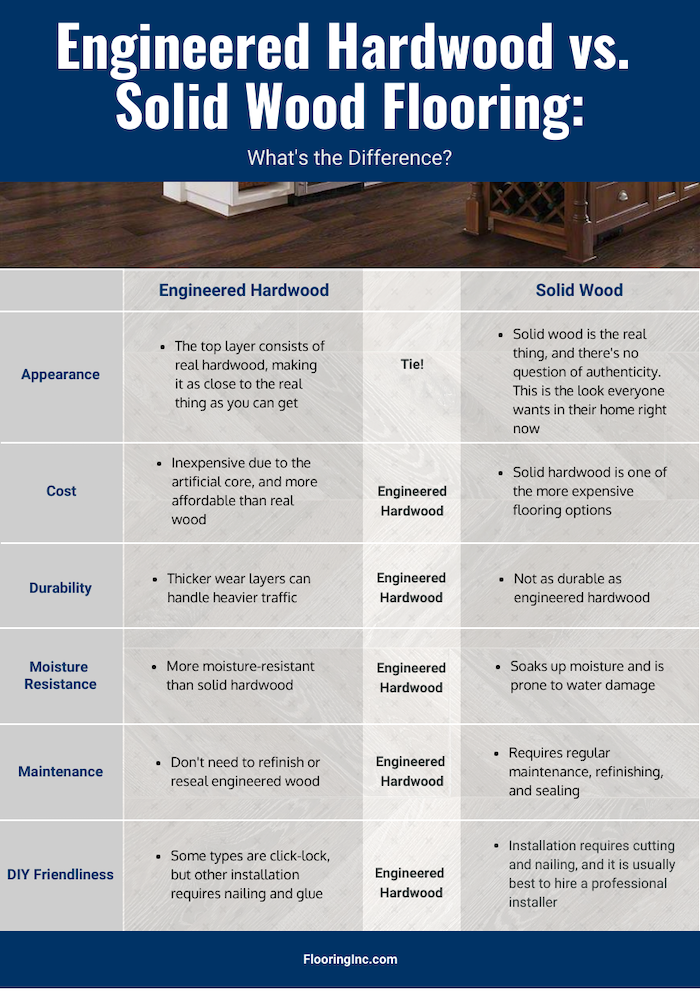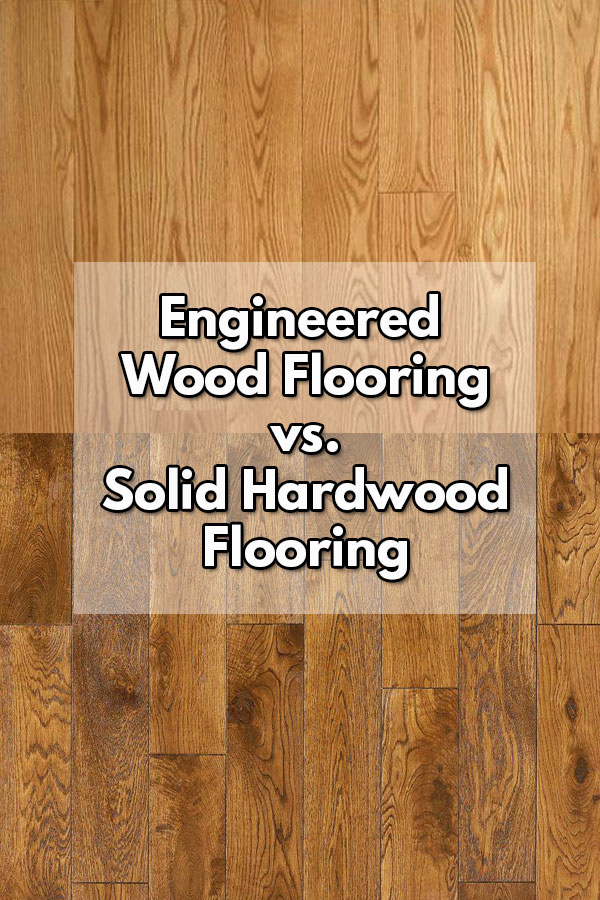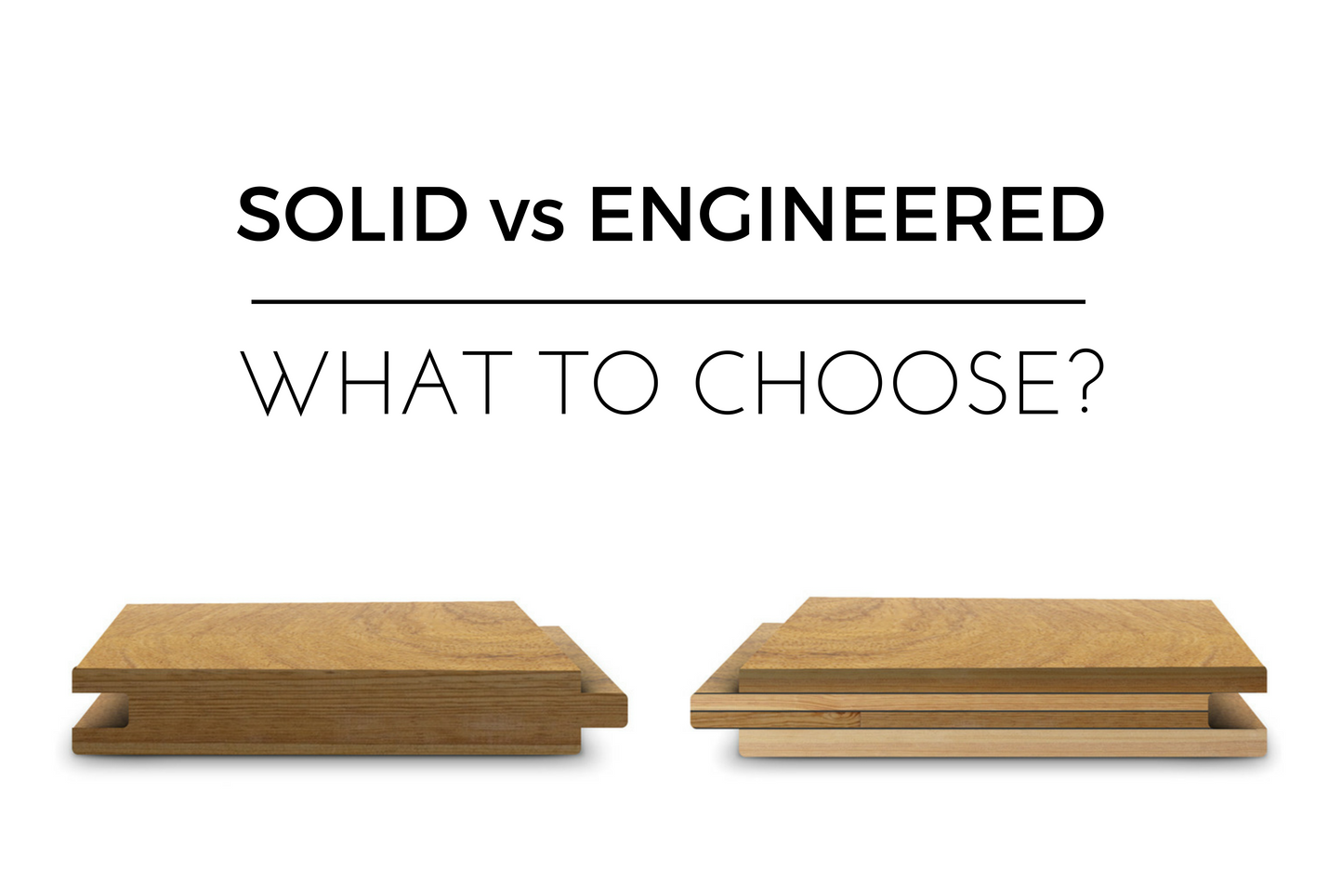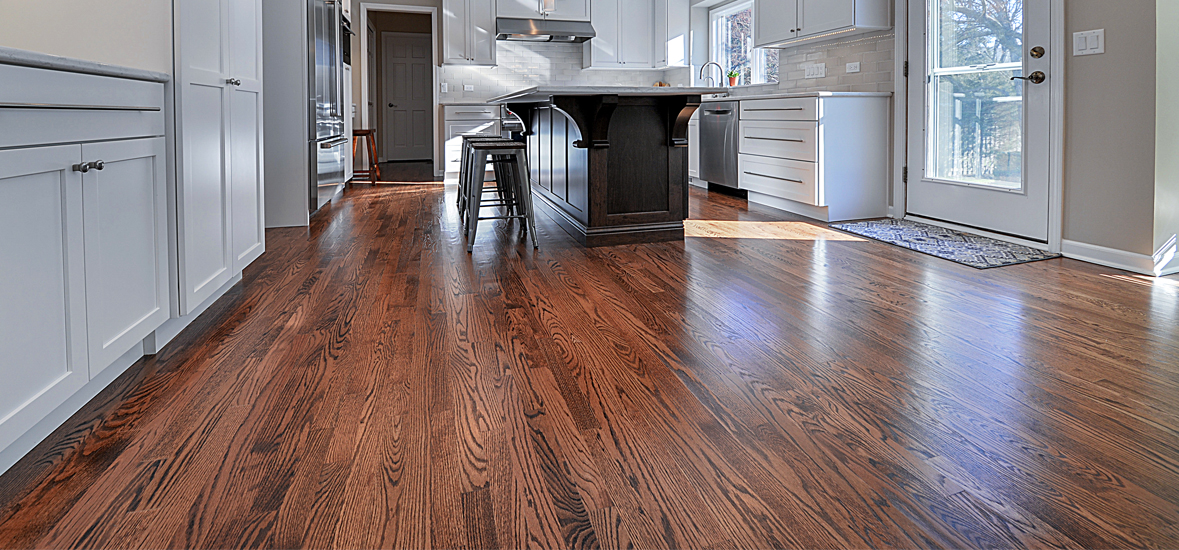Understanding Engineered Wood Flooring
Engineered wood flooring has gained popularity in recent years due to its unique construction and versatility. This article provides a comprehensive overview of engineered wood flooring, explaining its composition, manufacturing process, and advantages over traditional solid wood flooring.
- Composition of Engineered Wood Flooring: Engineered wood flooring consists of multiple layers of wood. The top layer, known as the wear layer, is made of real hardwood, providing aesthetic appeal and durability. Beneath the wear layer, there are several layers of plywood or high-density fiberboard (HDF), known as the core layers. These layers are arranged in a cross-grain pattern, which enhances the stability and strength of the flooring.
- Manufacturing Process of Engineered Wood Flooring: The manufacturing process of engineered wood flooring involves precision and craftsmanship. The wear layer is obtained from various hardwood species, such as oak, maple, or walnut. The core layers are typically made of plywood or HDF, which are bonded together using heat and pressure. The layers are then topped with a protective finish that enhances the durability and resistance to scratches and stains.
- Advantages of Engineered Wood Flooring: Engineered wood flooring offers several advantages over solid wood flooring. Firstly, its cross-grain construction makes it more resistant to moisture and temperature changes, making it suitable for installation in areas prone to humidity and temperature fluctuations. Additionally, engineered wood flooring is more stable and less prone to warping or cupping. It also tends to be more affordable than solid wood flooring, making it a cost-effective option for homeowners.

The Benefits of Engineered Wood Flooring
Engineered wood flooring offers several advantages over other types of flooring options. One of the main benefits is its stability. The multiple layers of wood and adhesive used in the construction of engineered wood flooring make it less prone to expansion and contraction due to changes in temperature and humidity. This makes it a suitable choice for areas with fluctuating moisture levels, such as basements and bathrooms.
Another advantage of engineered wood flooring is its versatility. It can be installed in various areas of the home, including living rooms, bedrooms, and kitchens. Engineered wood flooring is also compatible with underfloor heating systems, allowing for a cozy and warm environment in colder months. Additionally, it can be refinished multiple times, just like solid wood flooring, giving it a longer lifespan compared to other types of flooring.
In terms of aesthetics, engineered wood flooring offers a wide range of options. With its real wood veneer, it provides the same natural beauty and warmth that solid wood flooring offers. It comes in different species of wood, such as oak, maple, and walnut, allowing homeowners to choose the one that best suits their style and preferences. Additionally, engineered wood flooring can be finished with various coatings, such as oil or lacquer, providing different looks and levels of durability.
The Timeless Appeal of Solid Wood Flooring
Solid wood flooring has been a popular choice for centuries, and for good reason. It offers a timeless appeal that can elevate the aesthetics of any space. Solid wood flooring is made from a single piece of wood, typically hardwood, and is known for its durability and longevity. It adds natural warmth and character to a room, making it a sought-after option among homeowners and designers.
One of the main advantages of solid wood flooring is its authenticity. Being made from real wood, it showcases the unique grain patterns, knots, and color variations that make each plank distinct. This natural beauty cannot be replicated by any other flooring material. Solid wood flooring can be sanded and refinished multiple times, allowing homeowners to restore its original beauty and extend its lifespan.
Solid wood flooring also offers excellent insulation properties. It helps to maintain a comfortable indoor temperature by providing thermal resistance. In colder seasons, solid wood flooring can retain heat, making the room feel cozy. In warmer seasons, it remains cool, providing relief from the heat. This natural insulation contributes to energy efficiency and can reduce heating and cooling costs.
Installation and Maintenance
The installation process of engineered wood flooring and solid wood flooring differs slightly. Engineered wood flooring can be installed using various methods, as mentioned earlier. Solid wood flooring, on the other hand, is typically nailed or stapled down to the subfloor. It requires professional installation due to its thickness and weight.
When it comes to maintenance, both types of flooring require regular care to ensure their longevity. For engineered wood flooring, it is recommended to use a vacuum or broom to remove dust and debris regularly. It is important to avoid excessive moisture and spills, as they can damage the wood veneer. For solid wood flooring, regular sweeping and occasional mopping with a damp cloth is sufficient. It is essential to avoid using excessive water or harsh cleaning agents, as they can cause damage to the wood.
Factors to Consider when Choosing Between Engineered and Wood Flooring
When deciding between engineered wood flooring and solid wood flooring, there are several factors to consider. One important factor is the location of the installation. Engineered wood flooring is more resistant to moisture and temperature changes, making it suitable for areas such as basements, bathrooms, and kitchens. Solid wood flooring, on the other hand, is best suited for areas with stable moisture levels, such as living rooms and bedrooms.
Budget is another factor to consider. Engineered wood flooring is generally more affordable compared to solid wood flooring, making it a cost-effective option for those on a tight budget. However, it is worth noting that solid wood flooring can add significant value to a home and may be worth the investment in the long run.
Personal preference and style also play a role in the decision-making process. Engineered wood flooring offers a wide range of options in terms of species, finishes, and colors. It can mimic the look of solid wood flooring while providing added stability. Solid wood flooring, on the other hand, offers the authenticity and timeless appeal of real wood.
Solid vs. Engineered – Quality Hardwoods, Superior Design Palo
Hardwood Vs. Engineered Wood Flooring u2013 Which Is Best For You
Solid vs Engineered hardwood – which is better?
Solid vs Engineered hardwood – which is better?
Solid hardwood vs engineered wood floors Indianapolis Flooring Store
Flooring Face-Off: Engineered Flooring vs. Hardwood Flooring
Engineered vs Solid Wood Floor – Floor Central
Related Posts:
- Solid Wood Flooring Unfinished
- Wood Floor Natural Cleaner
- Outdoor Wood Flooring Ideas
- Wood Flooring Ideas For Bedroom
- Wide Plank Natural Wood Flooring
- Engineered Wood Flooring Scratches
- White Wood Flooring For Bathrooms
- Wood Floor Tile Kitchen Ideas
- Wood Floor Joist Construction
- How To Install Wood Flooring In Kitchen










